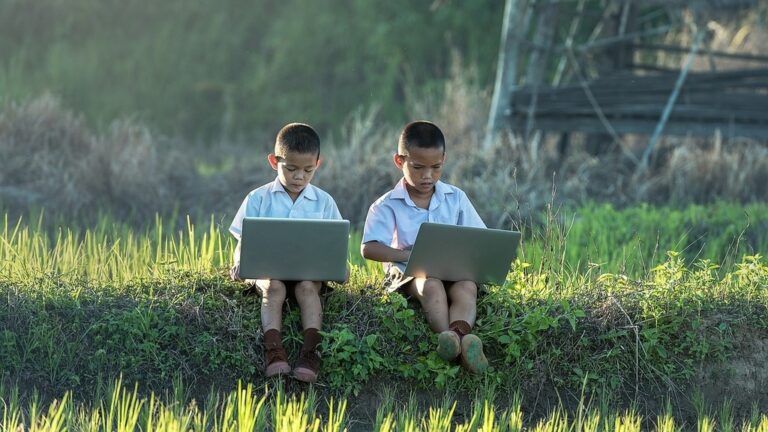Living in rural areas can hugely affect children's chances of completing education; UNICEF estimates that children in rural areas are more than twice as likely to not attend school compared to their urban peers. Luckily, traveling libraries are one way to ensure that people can enjoy reading, regardless of where they live.
Biblioburro (library-donkey) in Colombia is one such example. Set up by Luis Soriano, a teacher who was concerned that his students had no access to books outside of school, it uses the help of Alfa and Beto, Bilbioburro's donkeys, to bring books to children's doorsteps and ensure their love of reading can flourish.
Of course, a traveling library does not make up for structural failings in education systems. Countries in the global North and South alike face huge public spending cuts, low salaries and a squeeze on educational investment, which increases pressure on school systems. Despite these challenges, simply securing access to books has been shown to correlate with better literacy rates for both children and adults. Furthermore, books are a magnifying glass into a country's cultural fabric, fostering important creative and analytical skills about the world around us.
As our lives become more digitized, books aren't our only window to education; digital skills are becoming essential for much of society. However, half the global population still does not have internet access, and rapid digitization means that multiple generations are grappling the educational hurdle of learning these skills simultaneously. To add to the challenge, rural regions are further disadvantaged when companies aren't financially incentivized to provide broadband in sparsely-populated areas. Just like traditional literacy, this affects countries across the Global North as well as South. Not willing to wait for government action, many rural communities have taken things into their own hands and built networks themselves. For example, Indigenous organizations in rural Canada have created the Northern Indigenous Community Satellite Network (NOTHING), turning a not-for-profit, cooperatively managed satellite network infrastructure into a platform for digital self-determination. Despite this and the plethora of non-profit and state-led initiatives globally, the digital divide persists, excluding many rural communities from good-quality internet access.
Although the first step to digital literacy is computer and internet access, learning good computer skills is equally essential. One entry point might be increasing resourcing for rural libraries, which can offer meeting points, computer access and the internet to a wide range of people who would otherwise lack physical and financial access.
Might we soon be seeing donkeys carrying Wi-Fi hubs alongside books? If the success of Alfa and Beto are any indication, that is not such an outlandish idea.

